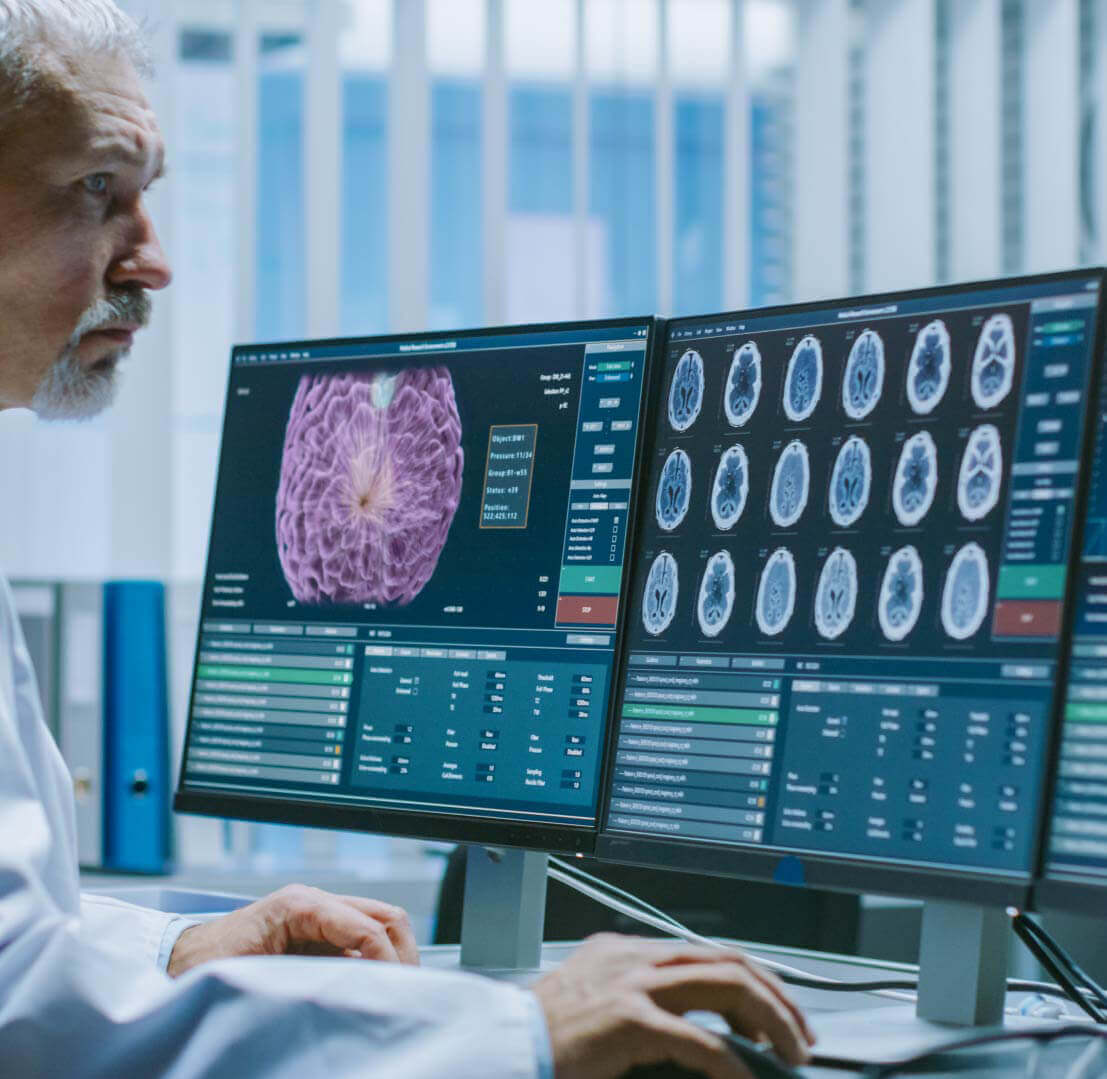- Intervertebral herniated disc;
- Cervical and lumbar spinal stenosis
- Hydrocephalus;
- Craniocerebral injuries (epidural and subdural hematoma, skull fractures, brain contusions, etc.);
- Spinal cord injuries;
- Traumatic lesions of peripheral nerves;
- Infections (brain abscess, subdural empyema, etc.);
- Tumors of the spinal cord, spine and peripheral nerves;
- Intracranial haemorrhages, such as subarachnoid haemorrhage;
- Certain forms of drug-resistant epilepsy;
- Certain forms of movement disorders (advanced Parkinson's disease, chorea) - specially developed minimally invasive techniques (functional, stereotactic neurosurgery) are used here, such as transections with stereotactic diathermocoagulation and deep brain stimulation;
- Chronic pain (cancer pain, pain in patients with wounds, cranial/peripheral nerve pain);
- Certain types of severe psychiatric disorders;
- Vascular malformations of the brain and spinal cord (eg arteriovenous malformations, venous angiomas, cavernous haemangiomas, capillary telangiectasias.
Neurosurgery
Neurosurgery deals with the prevention, diagnosis, (mainly surgical) treatment, and rehabilitation of diseases affecting any part of the nervous system (brain, spinal cord, peripheral nerves) and, secondarily, diseases involving the extracranial vessels of the brain .
Microsurgical techniques are also used in many areas of neurosurgery. For the surgical bypass of the external and internal carotid artery, the use of vascular microanastomosis is necessary. Brain aneurysms are blocked with the help of a surgical microscope. Minimally invasive spine surgery, (such as microdiscectomy and artificial disc placement), is based on similar techniques.

CONDITIONS TREATED

